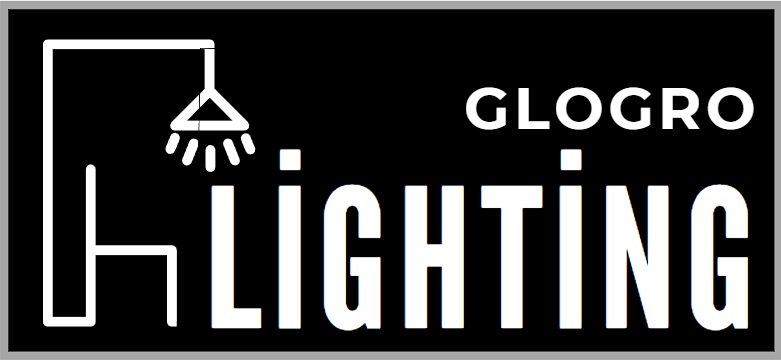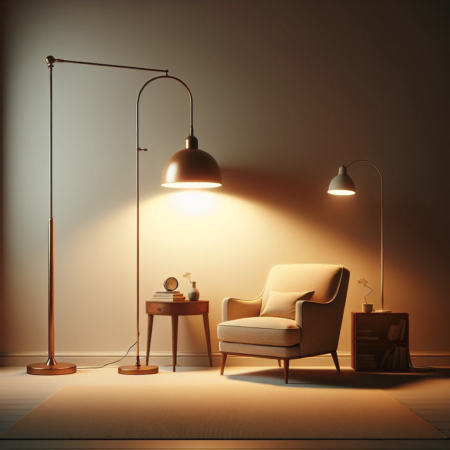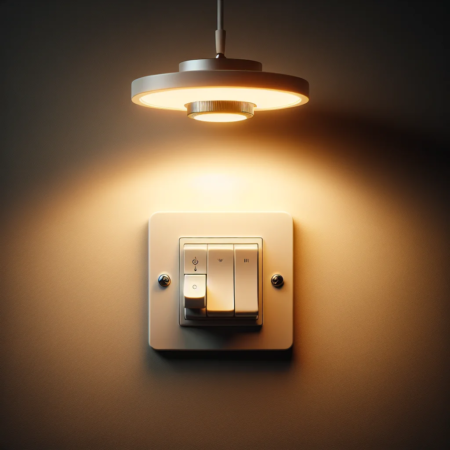Check out this Youtube video: Want to save money and learn how to change bulb recessed ceiling lights yourself? This easy tutorial will guide you through the process step by step.

Contents
Explaining the Basics of Recessed Ceiling Lights
Recessed ceiling lights, also known as downlights or can lights, are a popular lighting fixture installed into ceilings. They are designed to sit flush with the surface, providing a sleek and unobtrusive lighting solution for various spaces.
These fixtures consist of several key components and serve specific functions to illuminate an area effectively.
Understanding the components and functions of recessed ceiling lights
Components of Recessed Ceiling Lights
Housing: The housing, also known as the can, is the main body of the recessed light fixture that sits inside the ceiling. It holds the other components in place and prevents insulation from coming into contact with the light.
Trim: The trim is the visible part of the fixture and is available in various styles. It helps direct and shape the light, while also providing an aesthetic touch to complement the décor.
Bulb: The bulb, or light source, is the element that provides illumination. LED bulbs are a popular choice for recessed lighting due to their energy efficiency and longevity.
Electrical Components: These include the socket and wiring, enabling the electrical connection for the light to function.
Functions of Recessed Ceiling Lights
Ambient Lighting: Recessed ceiling lights serve as a primary source of ambient lighting, effectively illuminating a room to create a comfortable and well-lit environment.
Task Lighting: They also provide task-oriented lighting, such as highlighting specific areas for cooking, reading, or working.
Accent Lighting: In addition, recessed lights can be used to accentuate architectural features, artwork, or specific design elements within a space, adding depth and visual interest.
Understanding the components and functions of recessed ceiling lights is essential for selecting the right fixtures and utilizing them effectively to enhance the lighting experience within a space.
Step-by-Step Guide: How to Change Bulb Recessed Ceiling Lights
First, turn off the power at the circuit breaker to ensure safety. Next, identify the type of replacement bulb needed for the recessed lighting, checking for wattage and size requirements. Then, carefully remove the old bulb, install the new one, and test the light to ensure it is functioning properly. Always refer to the manufacturer’s instructions for specific details on bulb replacement.
Turning off the power and finding the right replacement bulb
First things first, when dealing with electrical components, safety is paramount. Ensure to turn off the power at the circuit breaker to avoid any mishaps. Then, identify the type of bulb needed for your recessed lighting. Common options include incandescent, CFL, LED, or halogen bulbs. Check the wattage and size requirements, typically indicated on the old bulb or inside the fixture, to ensure a suitable replacement.
Removing the old bulb and installing the new one
With the power off, carefully remove the existing bulb by gently twisting it counterclockwise until it loosens from the socket. Avoid applying excessive force to prevent damage.
Once the old bulb is out, handle the new bulb with care, avoiding direct contact with the glass. Align the prongs or pins of the new bulb with the socket and gently twist it clockwise until secure.
Always refer to the manufacturer’s instructions for specific details on bulb replacement.
Testing the new bulb and adjusting the trim if necessary
After installing the new bulb, restore power at the circuit breaker and test the recessed light to ensure everything is functioning as expected. If the light flickers or fails to illuminate, double-check the bulb installation and confirm the power supply.
Additionally, if the trim surrounding the fixture appears misaligned or protruding, adjust it accordingly to ensure a flush and seamless fit.
Common Problems When Changing Bulbs in Recessed Ceiling Lights
Common problems when changing bulbs in recessed ceiling lights include stuck or frozen bulbs, sagging trim, and hard-to-reach locations. These issues can be tackled with caution, using appropriate tools, and making sure to switch off the power at the circuit breaker to avoid any electrical hazards. Addressing electrical issues such as using the recommended wattage, inspecting and replacing damaged bulb sockets, and ensuring proper insulation and wiring is crucial for safety and smooth functioning. By proactively understanding and addressing these common problems and electrical concerns, a safe and effective maintenance process for changing bulbs in recessed ceiling lights can be ensured.
Dealing with stuck or hard-to-reach bulbs
When dealing with stuck or hard-to-reach bulbs in recessed ceiling lights, it can be quite a nuisance. One common problem is when the recessed light bulb becomes frozen and will not screw out.
This can happen due to a buildup of dirt or simply wear and tear. In such cases, it’s important to handle the bulb carefully to avoid breakage.
Another issue often encountered is when the recessed light trim starts sagging, resulting in difficulty changing the bulb. To tackle this, consider using a flat tool to gently push the trim back into place before attempting to change the bulb.
Additionally, when a bulb is unreachable or located in a tight space, it poses a significant challenge. In these situations, it’s advisable to use the appropriate tools, such as an extender or a suction cup light bulb changer, to safely and effectively access the recessed ceiling light bulb.
Moreover, always ensure that the power is switched off at the circuit breaker to avoid any electrical hazards while working on hard-to-reach bulbs.
Addressing electrical issues and safety concerns
When changing bulbs in recessed ceiling lights, addressing electrical issues and safety concerns is paramount. One common electrical issue is associated with the use of a bulb with excessive wattage, which can lead to overheating and potential fire hazards.
Therefore, it is crucial to adhere to the recommended wattage for the recessed light fixtures to prevent any electrical mishaps.
Furthermore, a blown or damaged bulb socket can impede the smooth functioning of recessed ceiling lights. It’s essential to carefully inspect the socket and replace it if necessary to ensure proper electrical connections.
Additionally, always be mindful of proper insulation and correct wiring to prevent shorts and other electrical malfunctions while changing bulbs.
When handling recessed ceiling lights, it is essential to address the common problems related to stuck or hard-to-reach bulbs, as well as focus on mitigating electrical issues and safety concerns effectively. By understanding and tackling these issues proactively, one can ensure a smooth and safe maintenance process for changing bulbs in recessed ceiling lights.
It’s truly remarkable to bask in the brilliance of a well-lit space after successfully replacing your recessed ceiling light bulb. The benefits are truly astounding.
From an uplifted mood to increased energy levels, the impact of a well-lit environment on our overall well-being cannot be overstated.
Considering the health benefits, a well-lit home contributes to better mood and increased energy levels. Natural light has a profound effect on enhancing mood and energy by promoting the release of endorphins and serotonin. This uplifts our spirits and fuels us with positive energy (health benefits).
In addition, experiencing a well-lit office space has proven to have substantial advantages. It creates a conducive environment for productivity and efficiency, as the well-lit space fosters a positive and energetic ambiance. This enhances focus and aids in maintaining a vibrant workflow (well-lit office space).
When it comes to your step-by-step guide on changing the bulb in a recessed lighting fixture, it’s important to first ensure the power to the light fixture is switched off at the circuit breaker. Then, reaching into the recessed fixture to locate the bulb and replacing it with a new one can be quite straightforward. Remember to use a bulb of the same wattage or at least one that consumes even less energy for optimal performance (changing bulb in recessed lighting).
The joy of reveling in a well-lit space with your newly replaced recessed ceiling light bulb is truly unparalleled. The positive impact on our mood, energy, and productivity is something that shouldn’t be overlooked. So go ahead, bask in the glow of your well-lit space and enjoy the newfound vibrancy it brings to your life (Benefits of a well-lit space).





